The other day, I was walking past a group of elementary school kids and caught a snippet of their conversations. The silliness was immediately apparent, but so was something else: a fizzy blast of energy that enlivened everything around it for a good couple of metres. In an instant, my blasé January feelings disappeared.
It is impossible not to feel a little better about things when kids are around. So why do we give them so little credit for being intelligent and observant critics (sometimes painfully so) of cultural and social issues?
This question is at the centre of Let the Real World In, a new exhibition at the Richmond Art Gallery. The show is composed of three film and video installations, each of which is accompanied by screen-print posters. The show poses some tough questions, but it’s also a great deal of fun.
Nowhere is this combination more evident than in the posters commissioned for the show from Vancouver artist and designer Yaimel López Zaldívar. Originally from Cuba, Zaldívar’s work makes effective use of the blunt, almost confrontational nature of postering to pinpoint the most relevant and powerful elements of each film.
In the 16 pieces he created for the exhibition, Zaldívar distils complex issues into primal, bright works of agitprop pop that resonate with their own unique power.
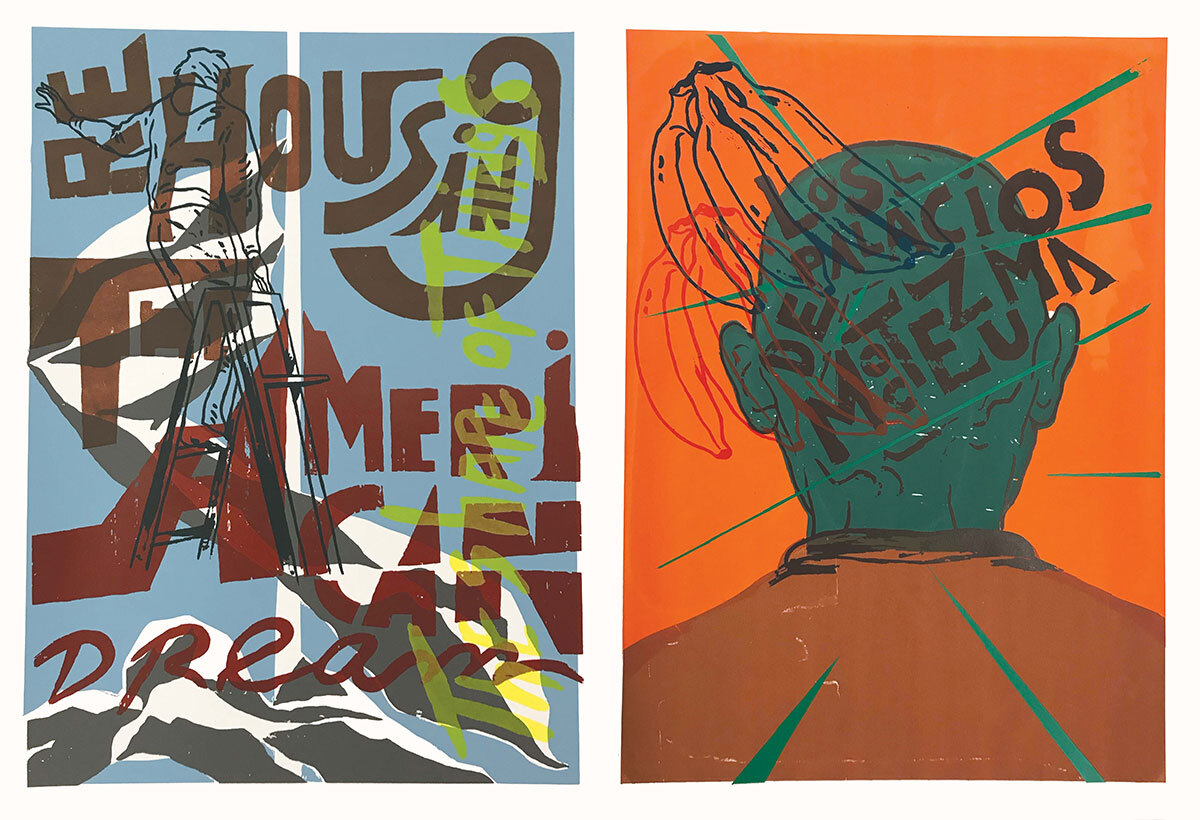
Curator Zoë Chan’s interest in documentary practice informs how the show is laid out, much like a film screening, with a sense of journey embodied in how one moves through the different works. As with any cinematic experience, it takes time, but ultimately, what you come away with is cumulative in its effect.
Chicago-based interdisciplinary artist Kirsten Leenaars worked with kids from across Milwaukee to create films made over the course of a summer workshop series. Armed only with cameras and rudimentary materials like silver space blankets, cardboard and their small fierce bodies, the participants created a series of videos entitled (Re)Housing the American Dream. The subtitle of the work, A Message from the Future, sums up the intent but could just as easily be termed “questions for the future.”
In filmed interviews, pairs and trios of the kids talk about their hopes for what lies ahead of them, while simultaneously posing cogent queries for the adults of the world about what they’re leaving behind.
What this group of thoughtful, articulate younger folks have to say is a piercing reminder that adults lose the plot at some point, forgetting or maybe simply ignoring the fact that everything we do now will have an impact on subsequent generations. The repercussions move out in ever-widening circles.
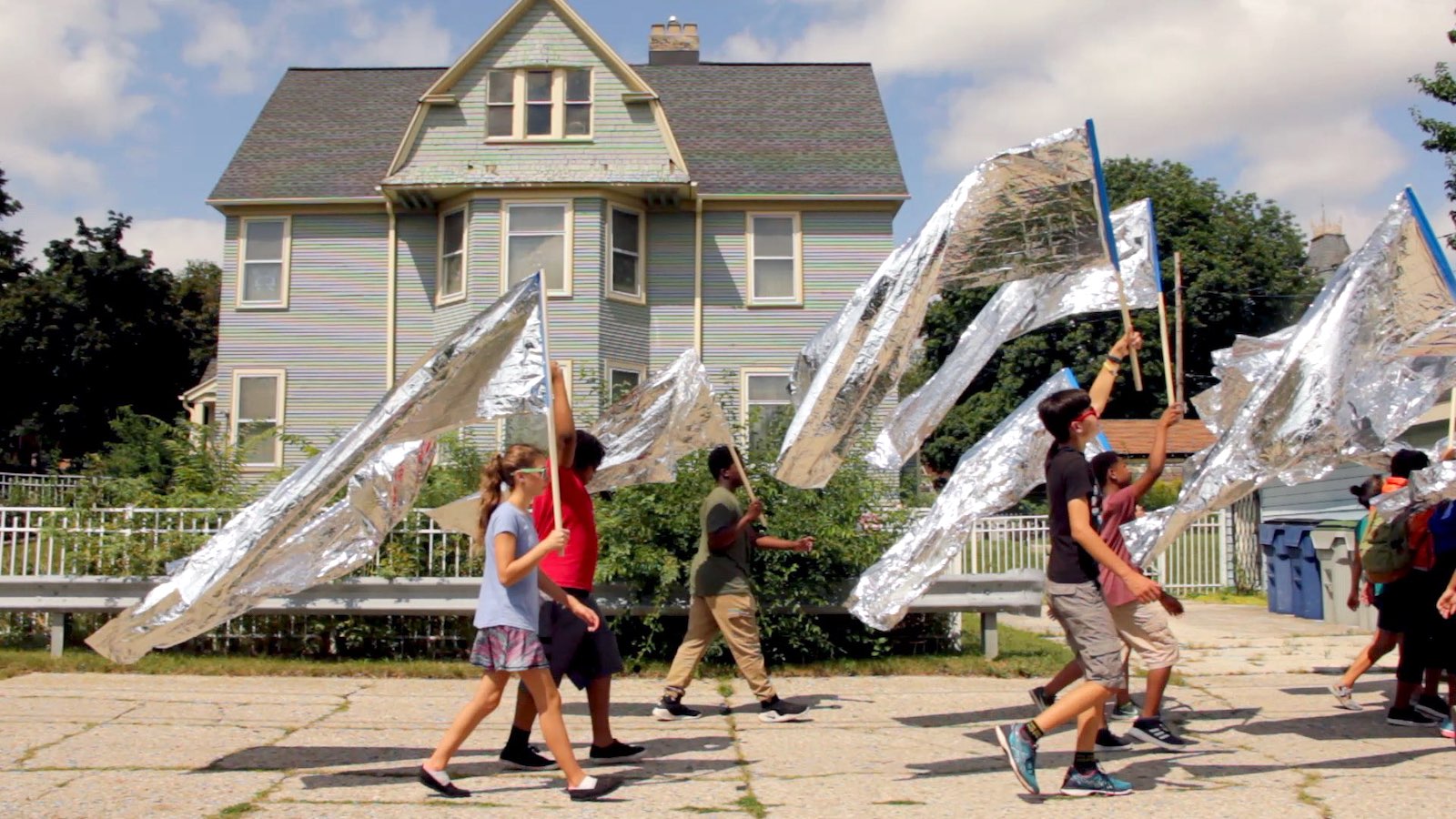
Montreal’s Wapikoni Mobile works with Indigenous children and youth to create media works (film, video and audio) that document their lived experience in all its complexity.
The organization came about from tragedy, when Québécois filmmaker Manon Barbeau was working on a feature film called La fin du mépris (The End of Contempt). One of her project collaborators from a group of young people from the Atikamekw Nation was Wapikoni Awashish, who was killed in a car accident. Named in her honour, Wapikoni Mobile was founded in 2003 as a means of lifting up the voices of Indigenous youth.
Since the organization’s beginning, they’ve made hundreds of films, three of which are featured in the Richmond show.
After watching It’s Me, Landon, I fully concur with Chan’s statement “Landon for President!” In the space of a few moments, Landon Moise, an eight-year-old boy from the Clearwater River Dene Nation, spells out why respect and care for the natural world are the most important things going. It’s a simple but charmingly effective premise.
As Landon and his trusty stick take viewers on a walk through the woods near his home, he addresses the camera directly, pointing out where lightning has struck, how new growth has taken hold and other interventions in the forest, both natural (mushrooms) and unnatural (litter). In the process, a profound sense of caring unfolds. As a portrait of a place and the meaning it holds for the people who live there, it is immediate and heartfelt.
Katatjatuuk Kangirsumi (Throat Singing in Kangirsuk) takes a more expansive approach to life in the North, literally with drone shots that capture the epic scope of the land. In a little over four minutes, the film details the lives and joy of the kids who call Payne Bay, Nunavik, home.
The action kicks off with a demonstration of the ancient art of throat singing from Eva Kaukai and Manon Chamberland, two Inuit teens who made the film with support from Wapikoni and the neighbouring community of Kangirsuk.
As the camera spirals up and out, scenes from life in the community are caught on the fly, kids and dogs playing, hunters butchering a caribou, and the land itself, stretching into the distance, in shades of white, green and raw umber. The film screened at the Sundance Film Festival in 2019 and was subsequently included in Canada’s Top Ten films.
In Hunting Lessons, a group of teens act out the rules that every Indigenous hunter learns: things like patience, care and taking only what you need from the land and its inhabitants. The kids involved are obviously having a gas making the film, and this bouncy sense of fun comes across in style as they act out each of the fundamental rules of being not only a good hunter, but also a caring and careful human being.
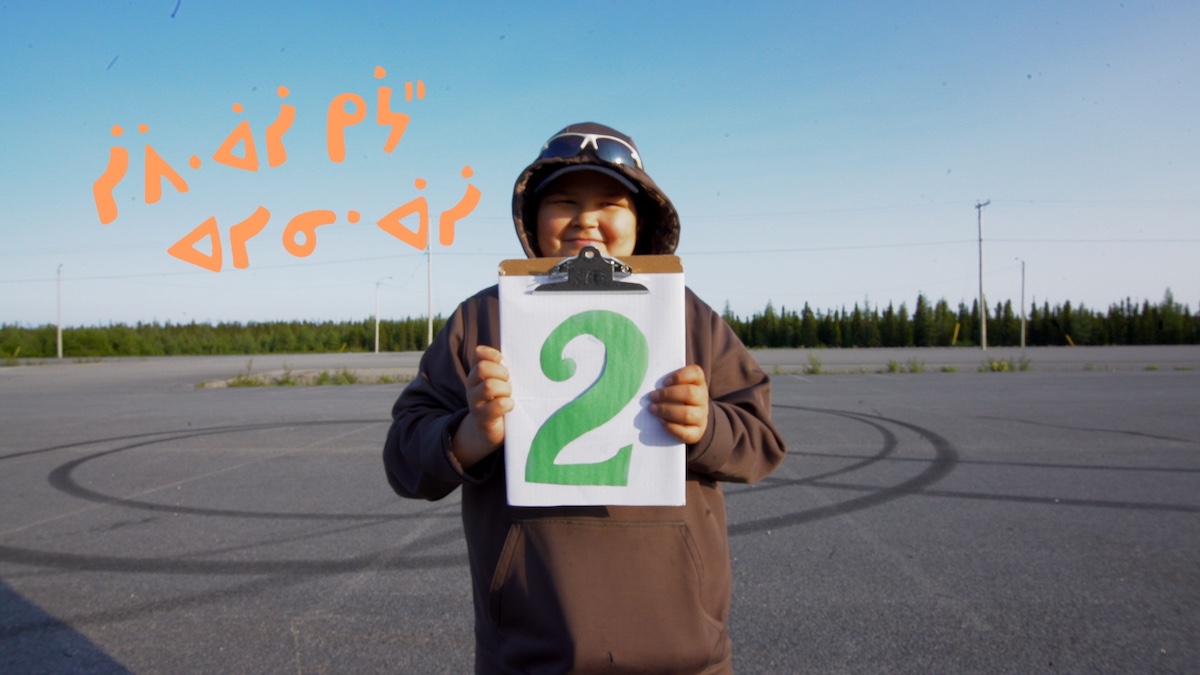
In Yoshua Okón’s The Halls of Moctezuma, a group of anonymous kids sing the "Marines' Hymn," the official theme song of the U.S. marines, but in this case, the jingoistic lyrics have been replaced by a new set of words that detail the experience of newcomer children. The video, originally part of a larger installation, was created in 2015, but the issues it relates haven’t changed much in the almost 10 years since then.
In the video, viewers are denied access to the faces of the kids, but other details leap to attention. Things like the tender fragility of small shoulders, skinny necks, big ears — and also a kind of dignity and agency.
The purposeful denial and hiding of the kids’ identities occupies a couple of different functions. The kids are undocumented and at the time of the video’s creation, the crisis of undocumented newcomers in the United States was reaching a boiling point. But there is also a kind of self-determination that comes from resolutely turning your back on your oppressors.
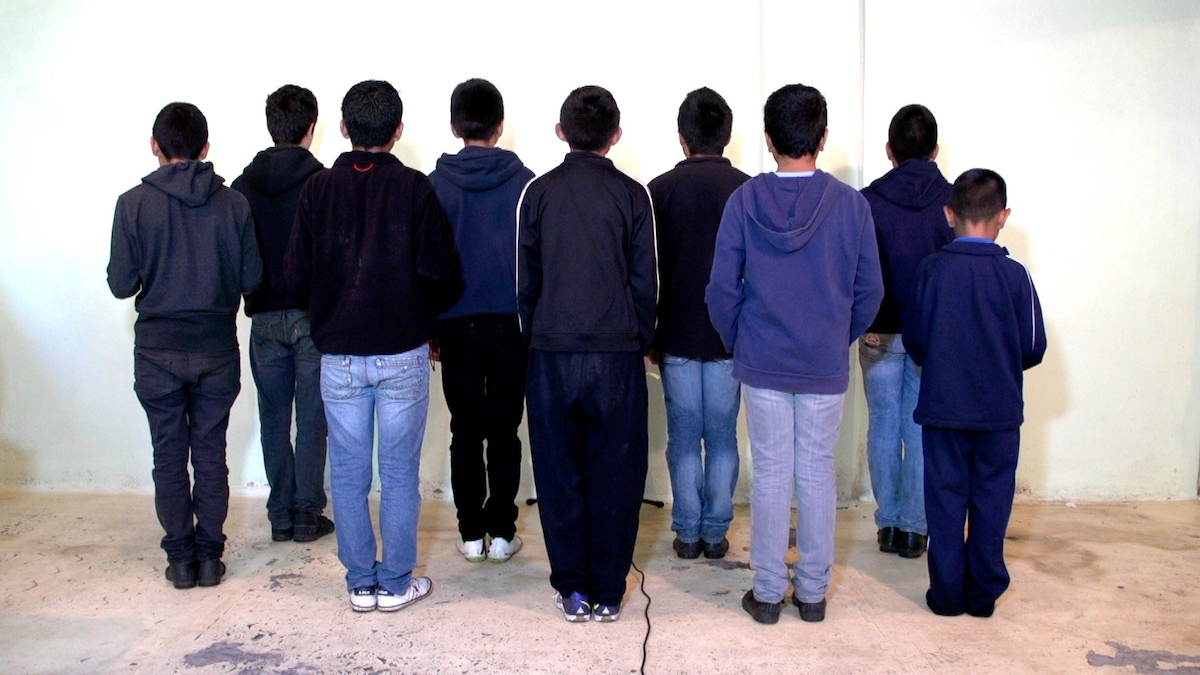
As the artist states of the work: “The arrival of these kids to the U.S. is a direct result of U.S. foreign policy, but the root causes are almost never brought into the immigration debate, be it in conservative or progressive circles.”
The boys featured in the video are originally from Guatemala, but the issues they’re singing about long predate them. The role played by the United Fruit Company in the 1954 Guatemalan coup d’état, with support from the U.S. government, is a sad and sordid story of corporate malfeasance, aided and abetted by the world’s largest superpower. The kids featured in the video are living out the impacts of injustice undertaken long before they came into the world.
A recent court case argued that coming generations, both born and unborn, deserve to have access to a whole and healthy planet, like the people who preceded them. While the case was initially dismissed in 2020, the Federal Court of Appeal reversed the initial ruling, arguing two critical claims based on Charter rights.
As the co-counsel for the plaintiffs asserted, "One is that there is a right to a stable climate system capable of supporting human life. And secondly, that governments have a positive duty to ensure that this right is protected."
Whether it’s climate justice, immigration policy or anti-poverty activism, kids say the darndest things. We deserve to have a healthy, livable planet. We deserve respect, kindness and a future.
It’s the job of adults to pay attention and take responsibility to ensure that all the people who come after us on this planet have the same benefits, rights and access to the beauty and joy of the world.
‘Let the Real World In’ runs until March 31 at the Richmond Art Gallery. ![]()
Read more: Art, Film, Environment




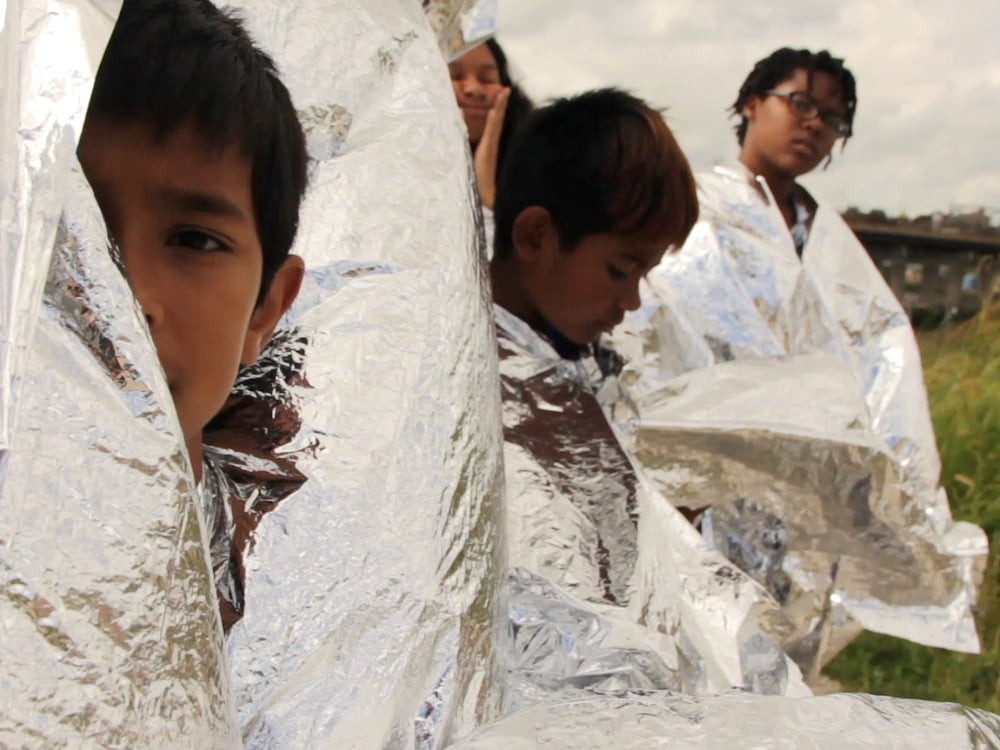


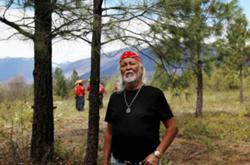

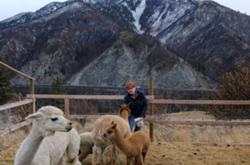







Tyee Commenting Guidelines
Comments that violate guidelines risk being deleted, and violations may result in a temporary or permanent user ban. Maintain the spirit of good conversation to stay in the discussion and be patient with moderators. Comments are reviewed regularly but not in real time.
Do:
Do not: